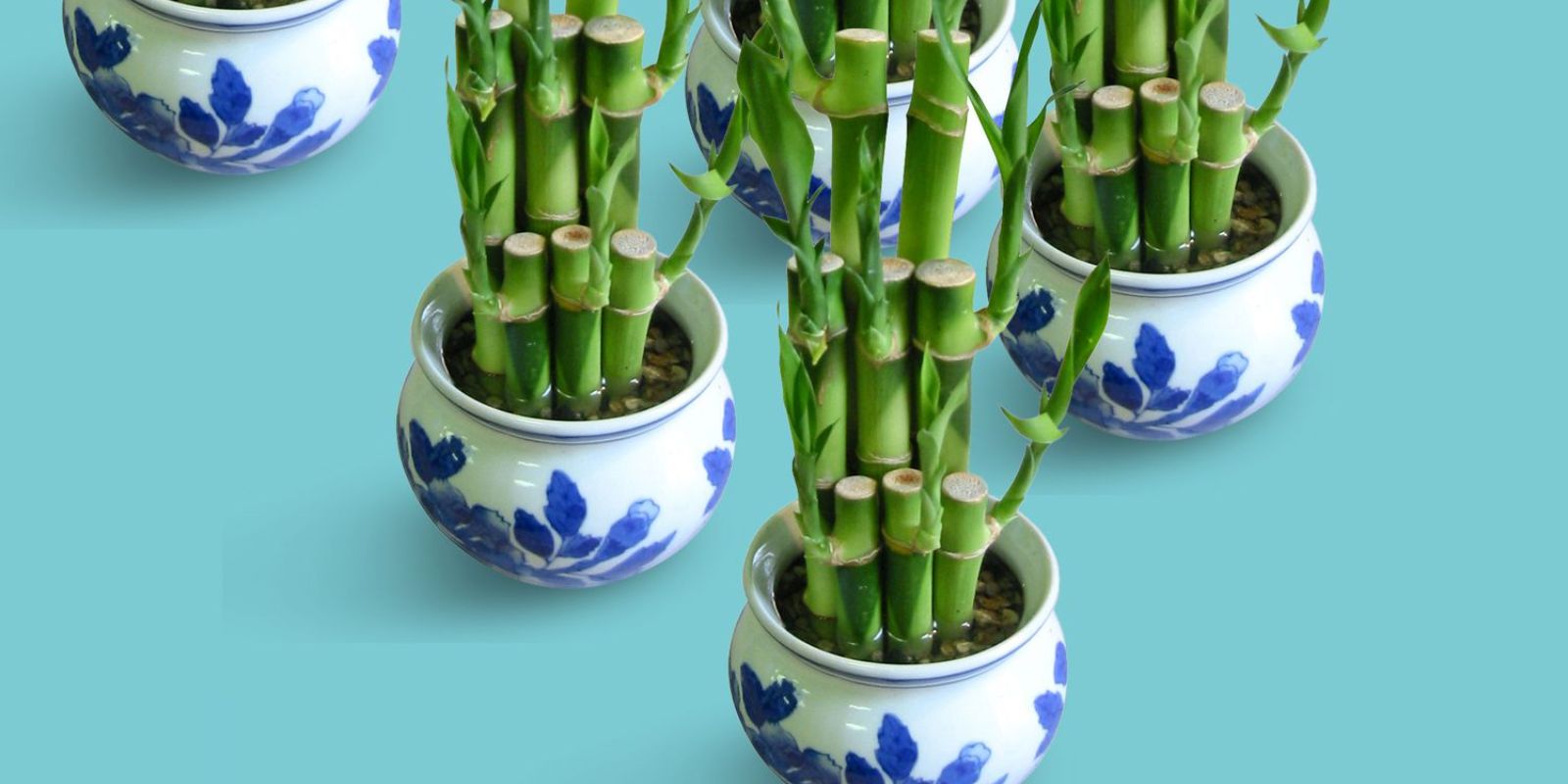Lucky bamboo, known scientifically as Dracaena sanderiana, is a popular indoor plant believed to bring good fortune, prosperity, and harmony. Native to Central Africa, it has gained global popularity for its elegant appearance and low-maintenance nature. Whether you’re new to gardening or a seasoned green thumb, growing lucky bamboo is a rewarding and straightforward endeavor.
In this comprehensive guide, we’ll explore the steps to grow lucky bamboo, its care requirements, propagation techniques, and how to maintain its aesthetic appeal.
Why Choose Lucky Bamboo?
Lucky bamboo is not only visually striking but also incredibly versatile. It can thrive in water or soil, making it suitable for various environments. Its minimalist look complements modern decor, while its association with Feng Shui adds an extra layer of charm.
Ideal Growing Conditions for Lucky Bamboo
Before diving into the steps to grow lucky bamboo, it’s essential to understand its basic requirements:
- Light: Prefers bright, indirect sunlight. Avoid direct sunlight, as it can scorch the leaves.
- Temperature: Thrives in temperatures between 65–90°F (18–32°C). Keep it away from cold drafts.
- Water Quality: Requires clean, non-chlorinated water. Use distilled or filtered water for best results.
How to Grow Lucky Bamboo
1. Choose a Healthy Stalk
Start with a healthy lucky bamboo stalk. Look for vibrant green stems without discoloration or soft spots. Ensure the stalk has at least one node (the raised area where roots can develop).
2. Select the Right Container
Lucky bamboo can grow in water or soil, so choose a container based on your preference:
- For Water Growth: Use a clear or decorative glass vase to showcase the roots.
- For Soil Growth: Opt for a pot with drainage holes to prevent waterlogging.
3. Anchor the Stalk
If growing in water, use decorative stones or pebbles to anchor the stalks. This prevents tipping and adds an aesthetic touch.
4. Provide Clean Water or Soil
- Water Growth: Fill the container with distilled or filtered water, ensuring the roots are submerged. Replace the water every 7–10 days to prevent stagnation.
- Soil Growth: Use well-draining potting soil. Keep the soil evenly moist but not soggy.
5. Place in Indirect Light
Position your lucky bamboo in a location with bright, indirect light. A north-facing window or a spot away from direct sunlight works well.
6. Regular Maintenance
- Water Replacement: For water-grown plants, clean the container and replace the water weekly.
- Leaf Cleaning: Wipe the leaves with a damp cloth to remove dust and allow better light absorption.
Fertilizing Lucky Bamboo
Lucky bamboo doesn’t require heavy feeding. Use a diluted liquid fertilizer specifically designed for indoor plants every 4–6 weeks. Over-fertilizing can lead to yellowing leaves, so always err on the side of caution.
Propagating Lucky Bamboo
If you want to grow more lucky bamboo plants, propagation is simple and rewarding:
- Select a Healthy Cutting
Cut a 4–6 inch segment from a mature stalk, ensuring it includes at least one node. - Place in Water
Submerge the bottom of the cutting in a container of clean water. - Wait for Roots
Roots will typically develop within a few weeks. Once established, you can transfer the cutting to soil or a decorative water container.
Common Problems and Solutions
- Yellowing Leaves
- Cause: Overexposure to direct sunlight or poor water quality.
- Solution: Move the plant to indirect light and use filtered or distilled water.
- Mold in Water
- Cause: Stagnant water or dirty pebbles.
- Solution: Clean the container and replace the water regularly.
- Soft Stalks
- Cause: Overwatering or root rot.
- Solution: Reduce watering or change the soil if growing in soil.
Feng Shui and Lucky Bamboo
In Feng Shui, lucky bamboo is a symbol of harmony, growth, and prosperity. The number of stalks also holds significance:
- Two Stalks: Symbolizes love and partnership.
- Three Stalks: Represents happiness, wealth, and longevity.
- Five Stalks: Attracts wealth and abundance.
- Eight Stalks: Encourages growth and success.
- Nine Stalks: Brings great luck.
To maximize its Feng Shui benefits, place your lucky bamboo in the wealth corner of your home, typically the southeast.
Benefits of Growing Lucky Bamboo
- Air Purification
Lucky bamboo helps improve indoor air quality by filtering toxins. - Aesthetic Appeal
Its sleek, green appearance enhances the visual appeal of any space. - Low Maintenance
Requires minimal care, making it ideal for busy lifestyles. - Cultural Significance
Brings positive energy and good fortune according to Feng Shui principles.
Sustainable Practices
Growing lucky bamboo is an eco-friendly choice. Its low water and nutrient requirements make it a sustainable indoor plant. When propagating, reuse cuttings instead of purchasing new plants to reduce waste.
Creative Ways to Display Lucky Bamboo
- Layered Pebble Arrangements
Use colorful pebbles in a clear vase for an artistic display. - Bamboo Sculptures
Create braided or spiral designs for a unique look. - Themed Containers
Use themed pots or vases to match your home decor.
Final Thoughts
Growing lucky bamboo is not just about nurturing a plant; it’s about cultivating positive energy and beauty in your living space. Its simplicity, versatility, and cultural significance make it a perfect addition to any home or office.
Have you tried growing lucky bamboo? Share your experience or questions below! 🌿✨
#LuckyBamboo #PlantCareTips #IndoorPlants #FengShuiPlants #GardeningMadeEasy #GreenLiving #EcoFriendlyGardening

